Ford Performance Vehicles was announced with much fanfare in 2002, but dead by 2014. Twelve years isn’t a long time in the car world yet FPV still managed to make a sizable mark on the Australian automotive landscape in that time, releasing 59 distinct models across three generations of Falcon and one generation of Territory.
It’s a long list, but we’ve boiled it down to five of the most notable examples. With Ford’s Falcon on the cusp of fading away, let’s take a moment to remember some of the wildest home-grown Fords ever.
2003 FPV Pursuit
FPV’s king-of-utes was a fixture in the FPV lineup from 2003 all the way until the brand padlocked the doors at its Campbellfield facility. Whether in basic Pursuit or harder-core Super Pursuit trim it always managed to deliver an, uh, exciting drive, courtesy of its leaf-sprung live axle rear suspension.
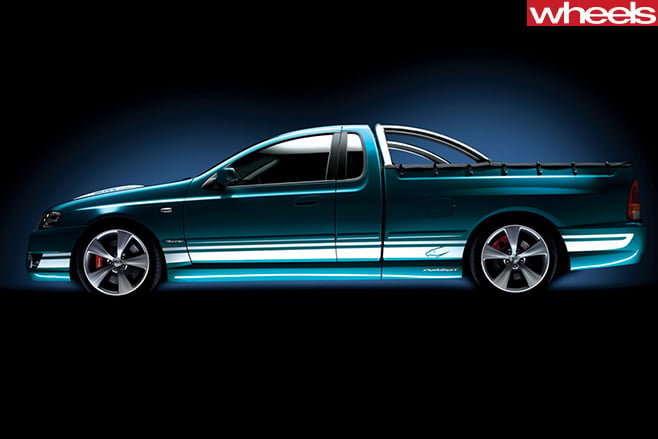
2004 FPV F6 Typhoon
In 2004 FPV literally turned up the boost on the Falcon XR6 Turbo to create the Typhoon, in the process building the torquiest Australian production car ever; power was a generous 270kW but torque was a monstrous 550Nm. To put that into context the FPV GT-F, Ford’s last-ever V8 powered flagship, only made 19Nm more – and it was ten years newer and had a supercharged 5.0 litre V8 under the bonnet.
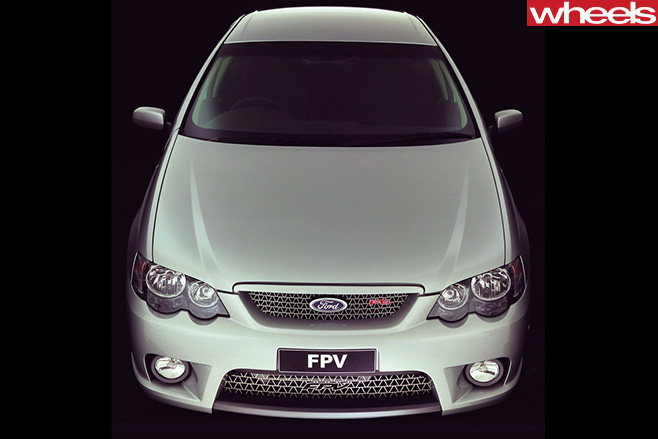
2008 FPV F6X
FPV entertained the idea of breathing some fire into the Focus hatchback to create a home-grown Ford Focus RS (which had launched in Europe around the same time FPV was established), but the business case didn’t stack up. FPV didn’t stop looking for a non-Falcon based model to tweak though, and eventually waved its wand over the Territory to create the F6X.
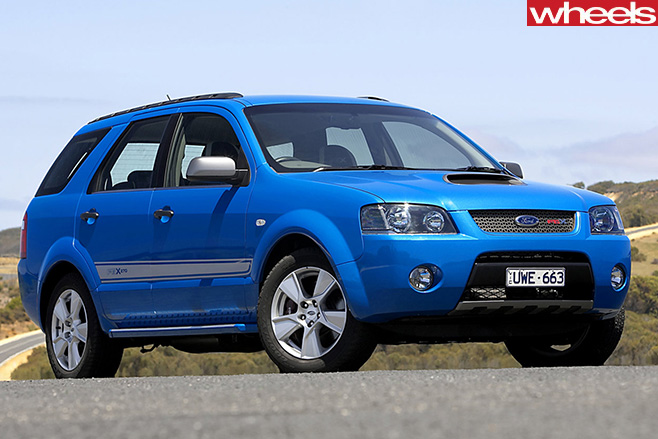
2009 FPV GS
The FPV GS was only offered in the FG generation, but with a grunty 315kW supercharged V8 and a lower price of entry to the full-fat 335kW GT, it was ironically the closest modern-day equivalent to what the original Falcon GT was supposed to represent: an affordable performance car.
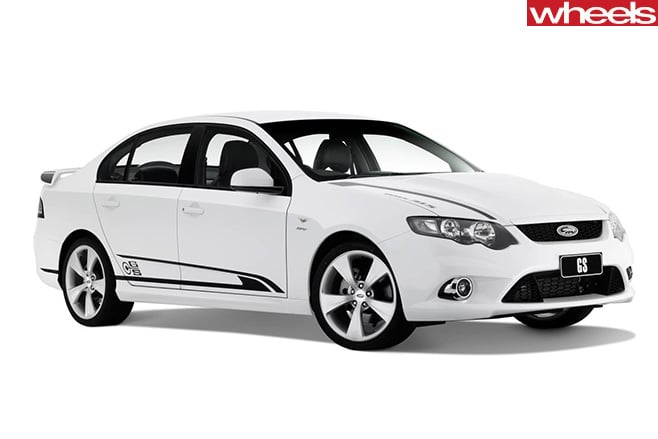
2014 FPV GT-F
‘F’ as in ‘Final’. The GT-F was FPV’s swansong, released as one last bellowing hurrah just before Ford and Prodrive shut down their fast-Ford operation.
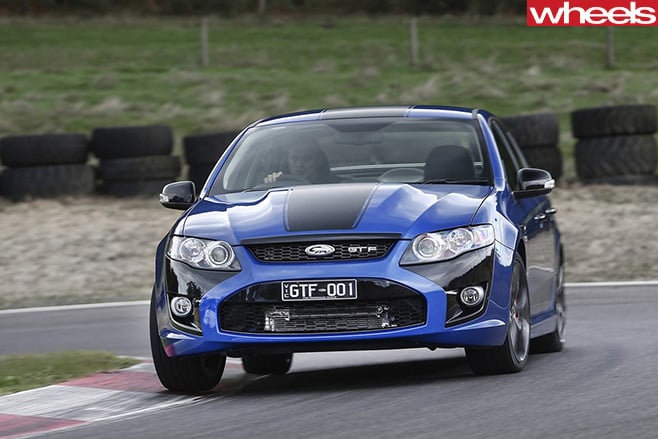
With a tauter suspension tune and new wheel and tyre package that improved cornering grip (plus a hefty set of brakes), the GT-F also possessed the best handling characteristics of any FPV. With launch control helping it hook up it could go, stop and corner like a true sports sedan.





